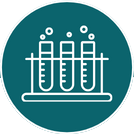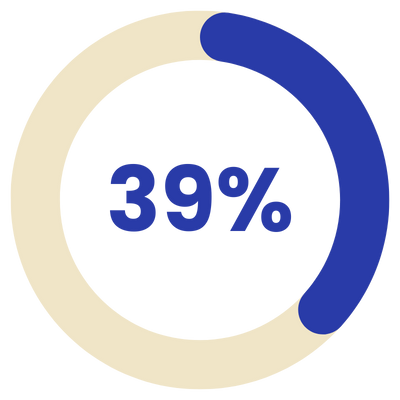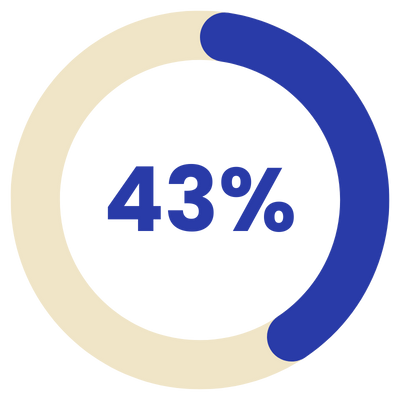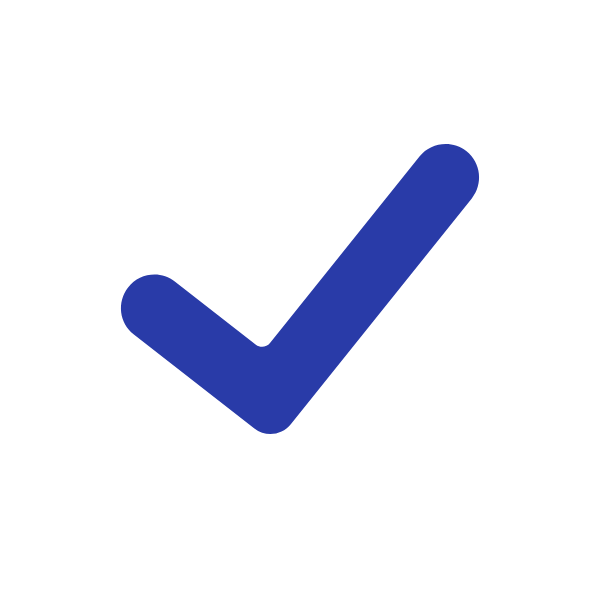We value your feedback! Take our quick client satisfaction survey here.
Seeing a spike in back-to-school concerns? AAP-recommended testing may help find answers sooner.
September 15, 2025 • 4 min read

You’ve seen it again and again. A new school year begins and your office starts seeing referrals from families based on what’s going on in the classroom.
A teacher calls home after noticing that a child consistently struggles to grasp new concepts or has trouble recalling recently learned material, each of which could be a subtle indicator of a developmental delay. These patterns may only be perceived in the structured, peer-comparison setting of a classroom, where developmental differences can become clearer against age-matched benchmarks. Parents are now concerned because their child isn’t progressing on the usual trajectory and is showing learning, behavioral or social delays.
This year, you have newly recommended tests in your toolbox: exome and genome sequencing are first-line tests
The American Academy of Pediatrics now recommends ordering exome and genome as first-line tests for children with global developmental delay and intellectual disability when no clear diagnosis is suspected.1
That’s important because many common symptoms—including school-related developmental concerns—have a genetic cause.
Ordering exome or genome sequencing as a first-line test can lead to an earlier, more accurate diagnosis, reducing the need for multiple tests and unnecessary delays. What’s more, helping connect families to a diagnosis early on in the school year can help set children up to the right early intervention services for their developmental and behavioral issues.
Without early comprehensive testing, patients with rare diseases often face:

5 years
of waiting2

16+
medical tests3

$10,000 in
healthcare costs4
This diagnostic odyssey is all too common. In fact, 44% of patients with neurological disorders have received a delayed or incorrect diagnosis.5
That’s far too many children and families left without the answers that could unlock the school resources and supports they need to succeed.
Exome and genome sequencing can unearth the genetic basis for common conditions like autism, developmental delay and intellectual disability. Positive results are not rare:

The diagnostic yield of exome sequencing in individuals with intellectual disability6

The general diagnostic yield for genome sequencing7
With answers in just a few weeks, exome and genome sequencing can confirm a suspected diagnosis or identify an unexpected rare condition.
That can unlock:

Genetic diagnoses

Condition-specific resources

More support for patients, parents and family members
When exome sequencing uncovers a genetic basis for the delay, it can open access to highly specific interventions. These might include an Individualized Education Program (IEP) with curriculum adjustments that match the child’s learning profile, small-group instruction to reinforce memory and comprehension skills, or specialized assistive technologies. By aligning supports with the child’s genetic diagnosis, schools can help maximize learning potential while reducing frustration for both the student and their family.
This back-to-school season, you have the opportunity to help more families feel informed, supported, and on the right track. Consider exome and genome sequencing as part of your patients’ initial workups.
GeneDx exome and genome sequencing
Compare test options and learn more about ordering through GeneDx.
Connect with a representative
Let’s discuss how genomic testing can transform your practice.
References: 1. Rodan LH, et al. Pediatrics. 2025; e2025072219. doi:10.1542/peds.2025-072219. 2. Marwaha S, et al. Genome Med. 2022 Feb 28;14(1):23. doi: 10.1186/s13073-022-01026-w. 3. Hayeems RZ, et al. Genet Med. 2022 Mar;24(3):694-702. doi: 10.1016/j.gim.2021.11.005. 4. Soden SE, et al. Sci Transl Med. 2014 Dec 3;6(265):265ra168. doi: 10.1126/scitranslmed.3010076. 5. Child Neurology Foundation. childneurologyfoundation.org/2021-caregiver-needs-data. Published 2022. Accessed May 25, 2022. 6. Srivastava S, Lewis SA, Cohen JS, et al. Molecular Diagnostic Yield of Exome Sequencing and Chromosomal Microarray in Cerebral Palsy: A Systematic Review and Meta-analysis. JAMA Neurol. 2022 Dec 1;79(12):1287-1295. doi: 10.1001/jamaneurol.2022.3549 7. Manickam K, McClain MR, Demmer LA, et al. Genet Med. 2021 Nov;23(11):2029-2037. doi: 10.1038/s41436-021-01242-6. Epub 2021 Jul 1.